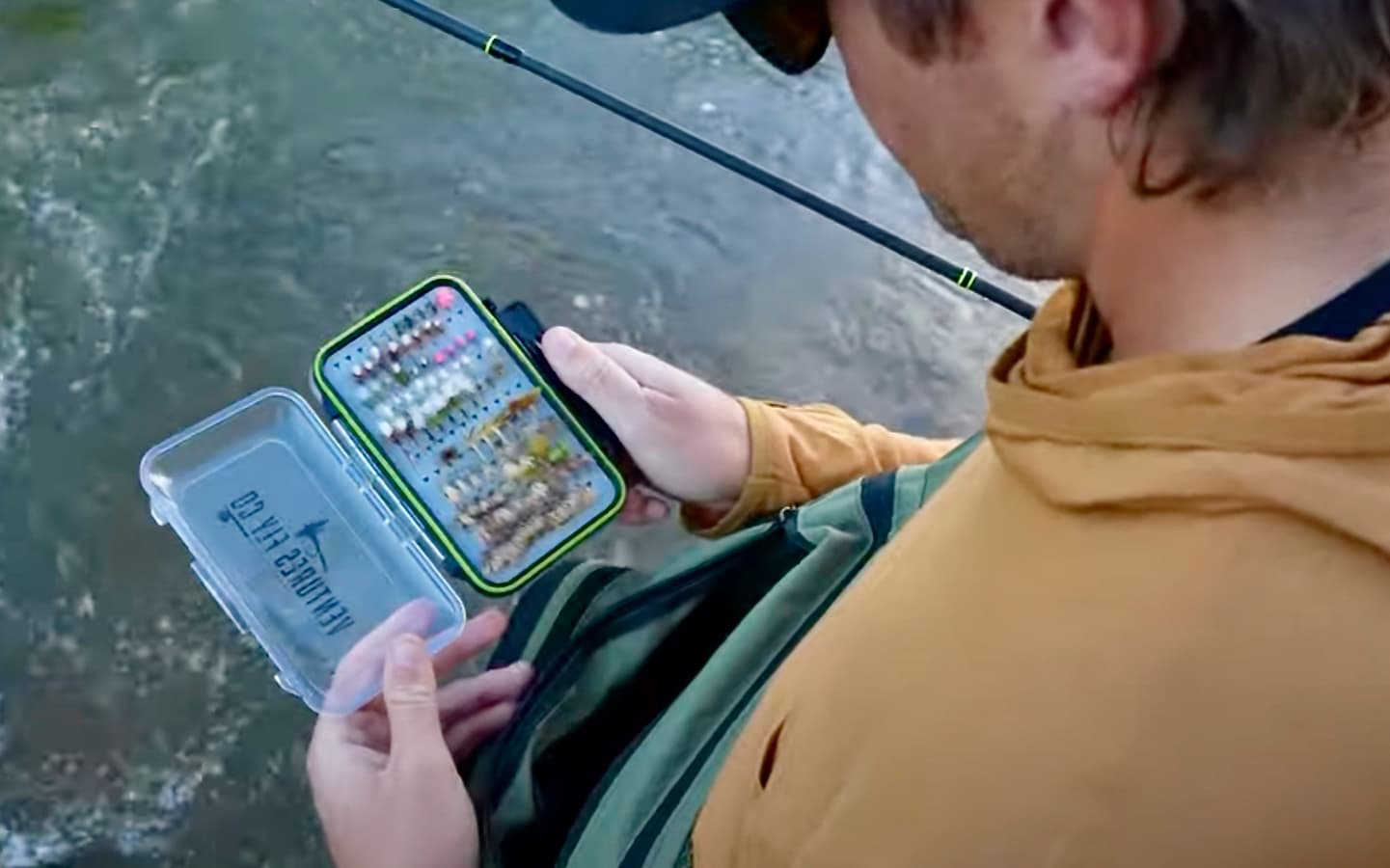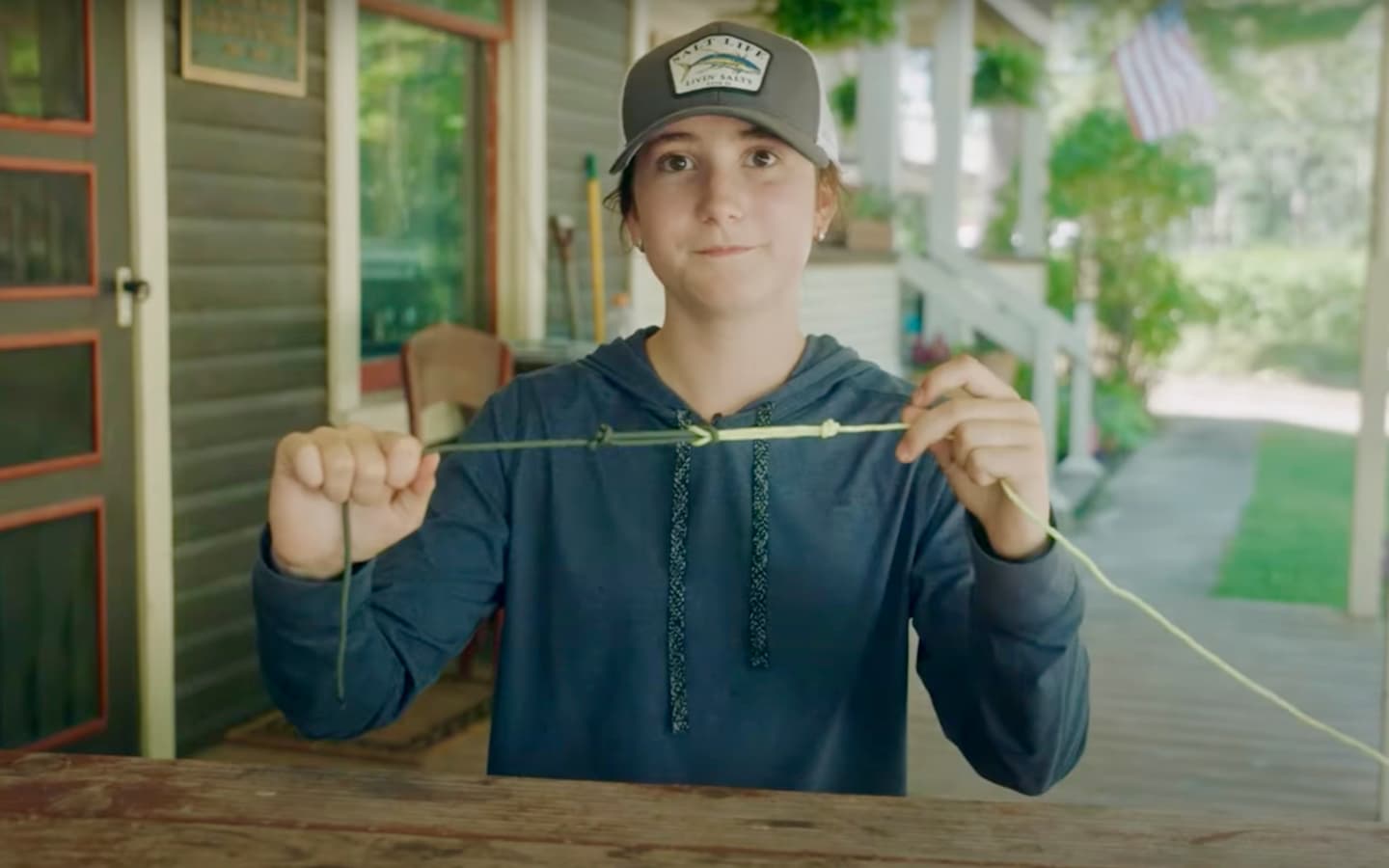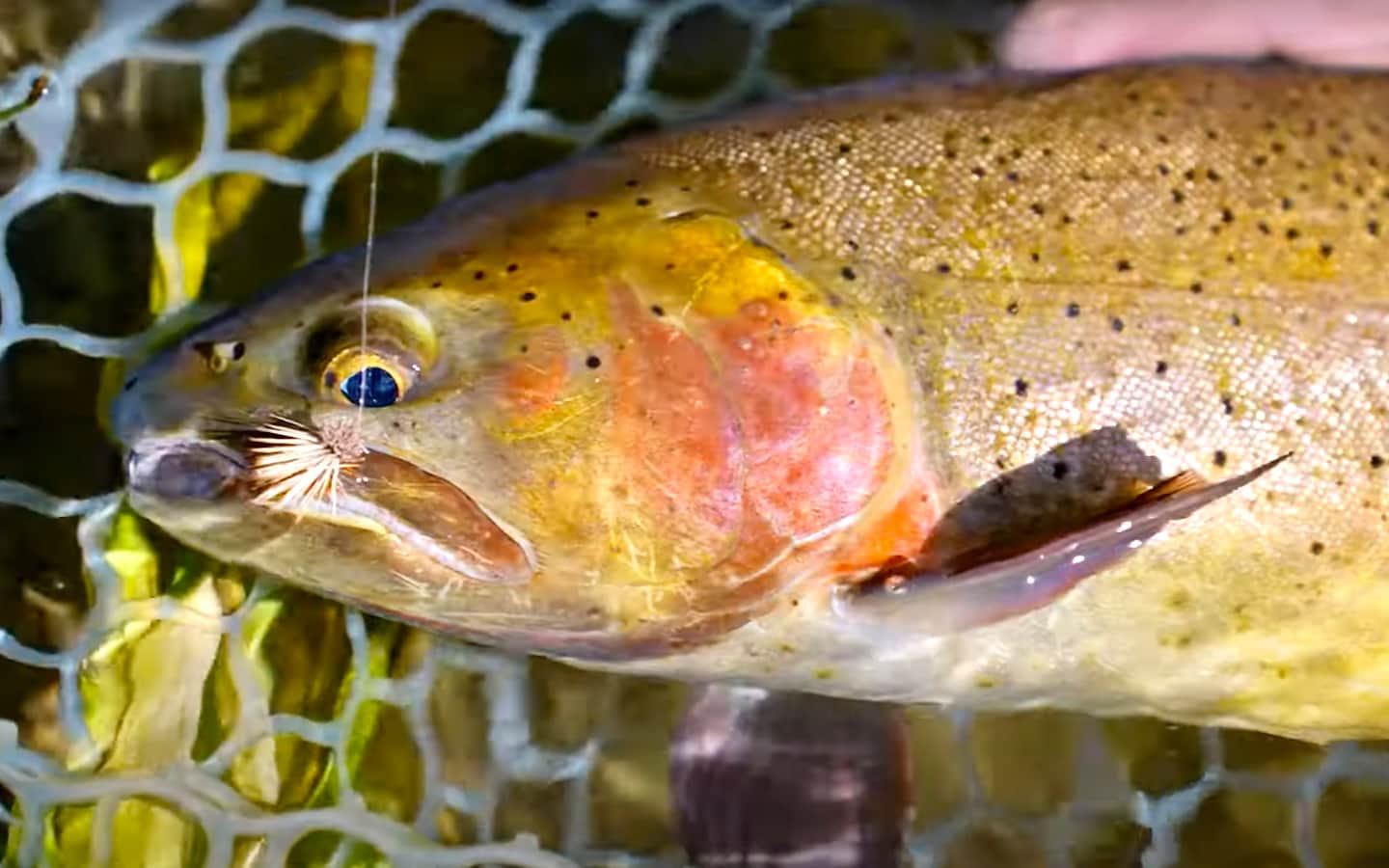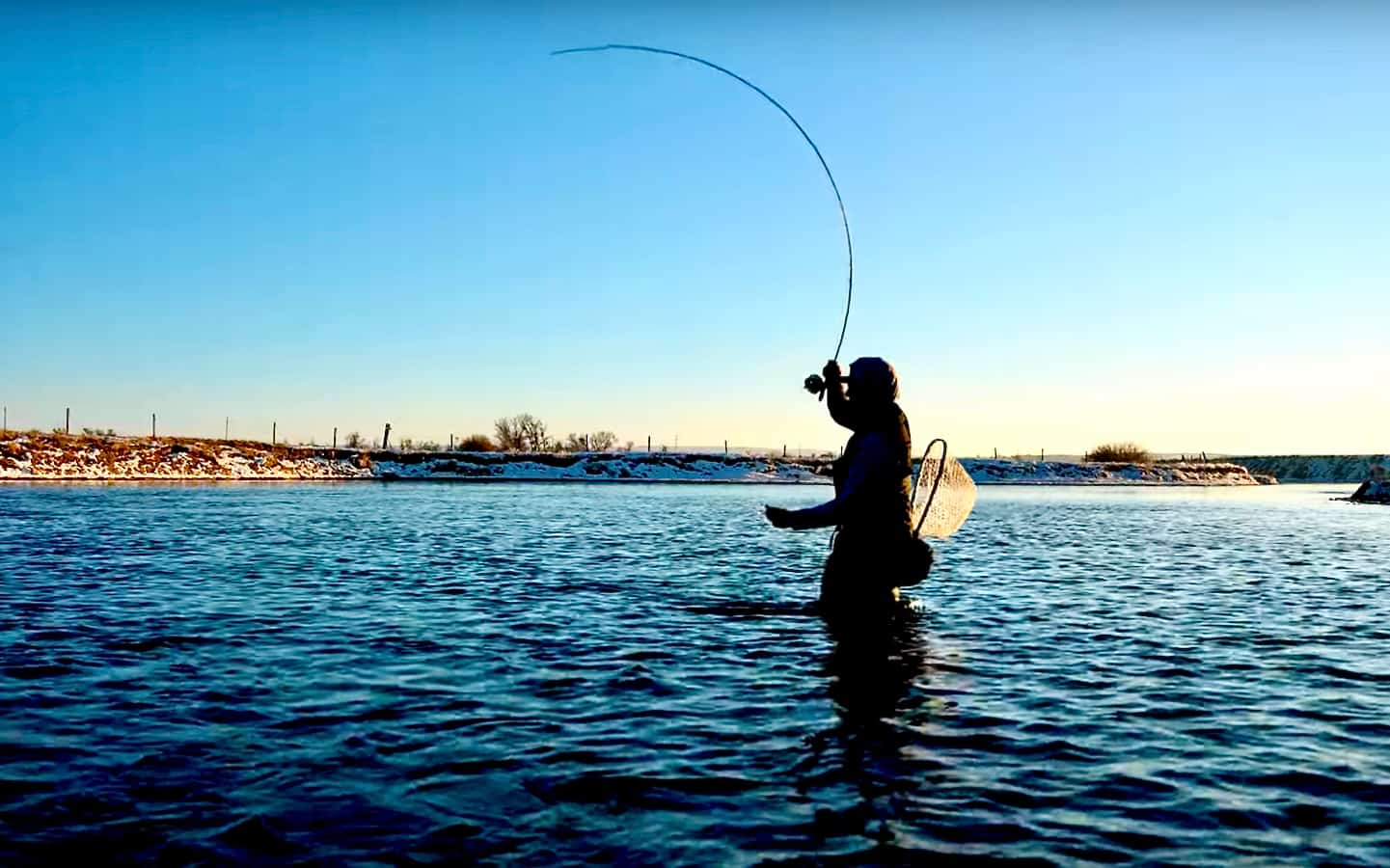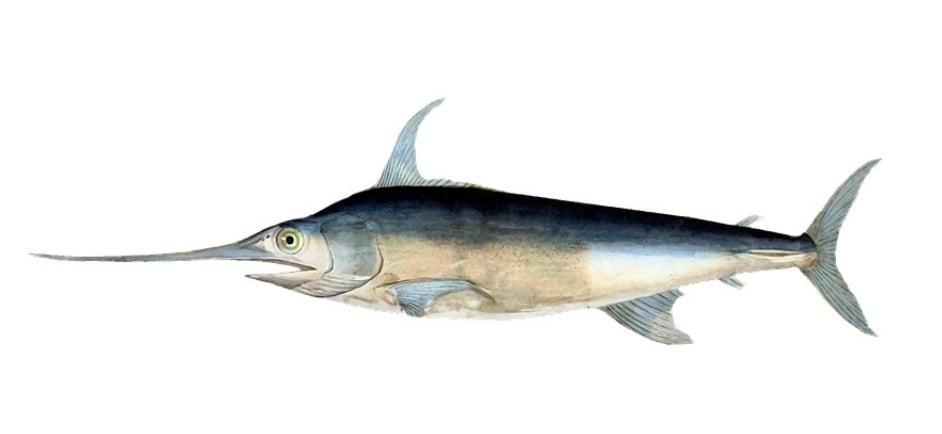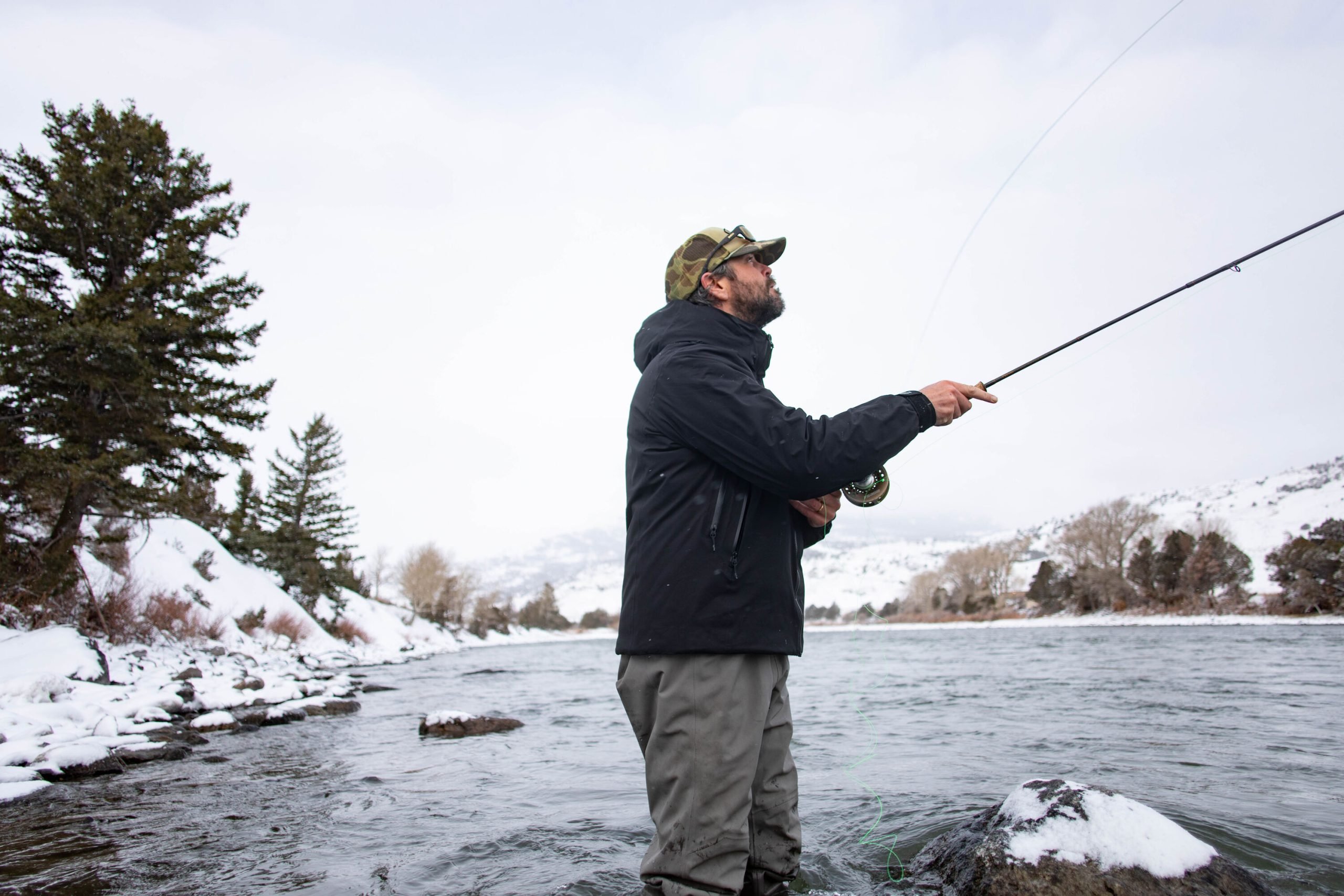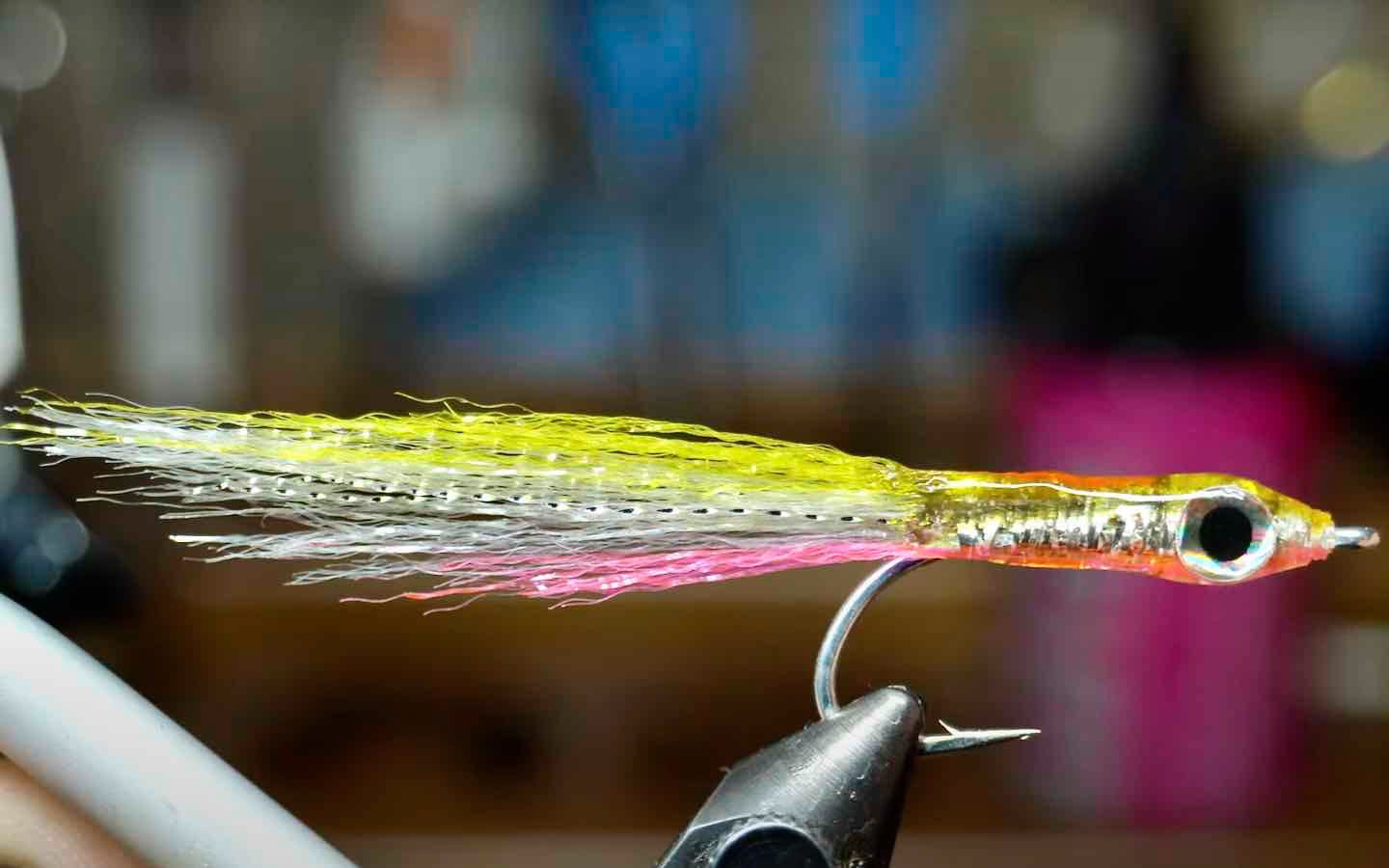Tarpon: “The End Game”

Down and Dirty: Pulling back and twisting the fish is a down-and-dirty maneuver to keep the fish off balance.
WHEN THE FIGHT is nearing its end, the fish’s tail kicks will slow when she begins to tire. She will also be swimming near the surface. Is the butt section of your fly line under her belly or over her back? It should be running down her back. Remember, she’s hooked in the right corner and she’s swimming straight away. The line should remain low, crossing over her back and exiting on the left side of the tail. Pull firm, steady, and low to the left trapping the line with your rod hand and cupping the reel to a stop with the other. Anticipate a reaction, because she’s not going to like this. Your job is doing stuff she doesn’t like. This down-and-dirty maneuver not only applies pressure directly back, but it twists her body over and to the left. You are using the angle created by the hook position to put her and keep her off balance. The trick is to maintain your balance and keep the tarpon from gaining hers. For the most part, the opponent who does this most effectively will be the one who is victorious.

Protecting the Leader: With the fish aimed directly away from you, carefully work the leader and butt section around the pectoral fin so it is running along the fish's side.
An effective way to keep a tarpon off balance while chipping away at her energy reserves is to apply low side pressure in the opposite direction the tarpon turns. In the later rounds of battle, when she goes left, you should pull low and to the right. When she swings right, you should pull low and to the left.
Taking A Break
I know some anglers have used weights and pulleys and even fence posts to determine the breaking strength of certain leader materials. But the best way that I’ve found to determine how much pressure a leader can take is to intentionally break some fish off. I’m not suggesting you hook up to the first tarpon of your life and then break it off on purpose just to determine the breaking point of your leader. However, sometime down the road learning the maximum amount pressure you can apply (with a bend in the rod, not pointed directly at the fish) might be more important than catching another tarpon or two. To benefit from this exercise, you must tie all your leaders to the same specifications using the same leader material.
When you intentionally break fish off, your challenge is to upload and store what you feel in your hands into your hard drive upstairs. My hunch is that you will be surprised to find that the actual breaking point on a well-tied leader is greater than you believed. This is not an exact science, but once you’ve grasped when a specific leader gives way, you can begin applying something just short of the actual breaking strength of your tippets. With this information, you will catch more fish in less time.
Pulling in the opposite direction a tarpon turns is a good rule of thumb, but like most rules, there are exceptions. At times, pulling the face of a tarpon in the same direction she is turning can be the most effective move. Think of this like playing a game of chess. The right move might mean giving up a little to gain a lot. You might want to get into position or set the fish up for a specific maneuver such as positioning a tarpon for landing, rolling over the fish, recapturing line to eliminate stretch, or allowing the fight to move to shallower water or even upwind of the skiff. Additionally, turning a fish in the direction she is moving might be the quickest route to get the skiff directly behind the fish. This is often the case when fighting tarpon without a boat handler. These are calculated and orchestrated moves to help you gain and maintain the upper hand during a fight. In the absence of these things, pull the opposite direction the fish is turning.
If the tarpon begins wobbling when broadside to waves and working hard to remain upright she is getting tired. She also will ride near the surface, gulping air more frequently than before. The upper portion of her tail will protrude above the water, cutting her forward movement in half due to the loss of traction. Though the fish will not jump, she can still lunge forward, so be prepared.
Just because she’s tired, don’t think she’s beat. This is when most fish are lost. Your leader is likely stretched and tired, and so are you. You also don’t have the luxury of the fly line stretch to soften any of the fish’s movements. Combat with a tarpon close to the boat takes quick and precise reactions. The margin for error increases as the distance between the angler and the fish reduces. If she turns in toward the skiff, stay nimble and move on the gunnels. Should she swim under the hull, strip additional line from the reel to buy time and move smoothly on around the bow or stern. Try to visually measure her strength. If you fight her too long, she may not revive. On the other hand, a green fish at the side of the boat can be more than you can, or wish to, handle.
Rolling the Fish
At the end of a fight, when there is one boat length or less between you and the fish, you can roll it over to make the landing process much calmer. It won’t always work, but when it does it’s a home run.
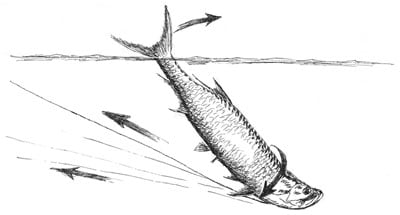
Apply maximum pressure, forcing the fish into a headstand.
The fish must be aimed directly away and right on the surface. Once you carefully work the butt section and leader around a pectoral fin so it is running along the fish’s belly, the person handling the boat should stop the forward progress of the skiff. Hold the line and cup the reel while lowering the rod tip below its body. Now gradually apply maximum pressure straight back, keeping the rod low. In essence you are attempting to use the fish’s forward motion and your strength to force it into a headstand. When done correctly, the tarpon’s tail will rise above the surface.
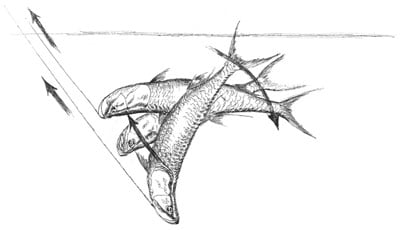
Lift up and back on the rod, so that she rolls upside down.
Once she is in this vulnerable position with her propeller out of the water, you must work quickly. Increase the angle between you and her head by lifting up and back on the rod. Step back if necessary. Your objective is to keep her coming toward you but in an inverted position. If she rolls over to an upright position, set the boat up for another attempt. Once upside down, the tarpon is finished. Most fish don’t do well upside down. They often go into a trancelike state; for instance, snook, redfish, and bonefish lie motionless when inverted and this is a good thing to do when removing a hook. A recent conversation with Michael Larkin of Bonefish Tarpon Unlimited may shed some light on the reason tarpon react this way when rolled over. In the absence of any real data, Larkin theorized the key may be found in the fact that tarpon use otoliths located in their ear bones to orient themselves. Larkin explains, “Think of otoliths as a dinner plate surrounded by nerves. The fish knows she is upright when the otoliths rest on the nerves at the bottom or base of the canal. When inverted, they rest on the nerves at the top of the canal.” He expects this might have some physiological effect on the balance and orientation of tarpon, but this isn’t proven to date.

